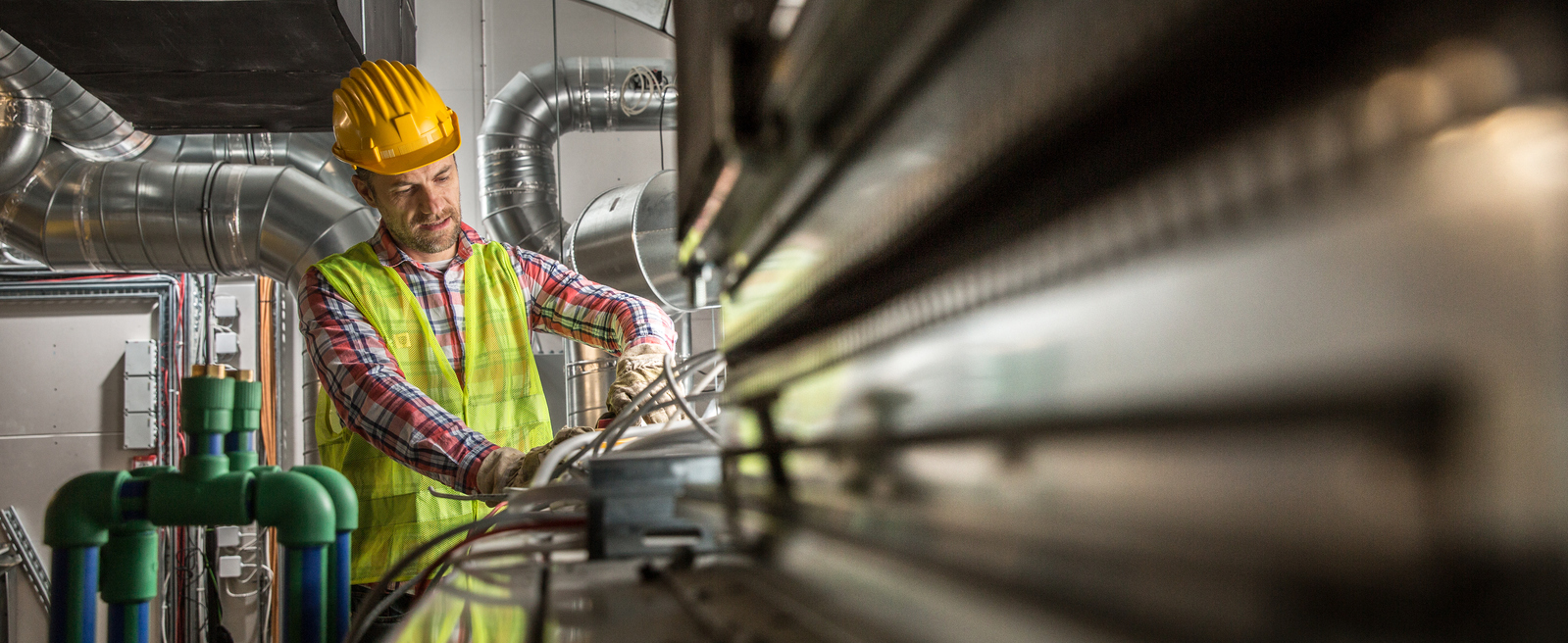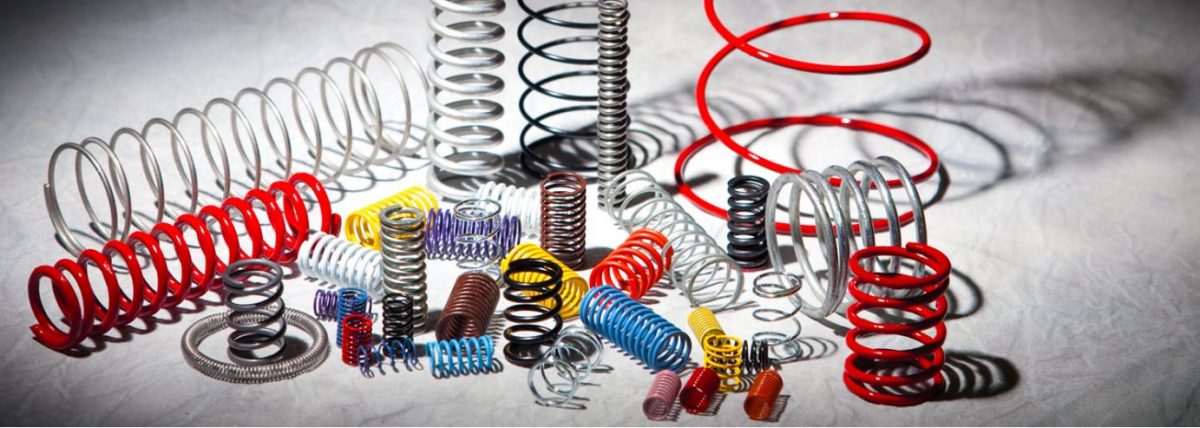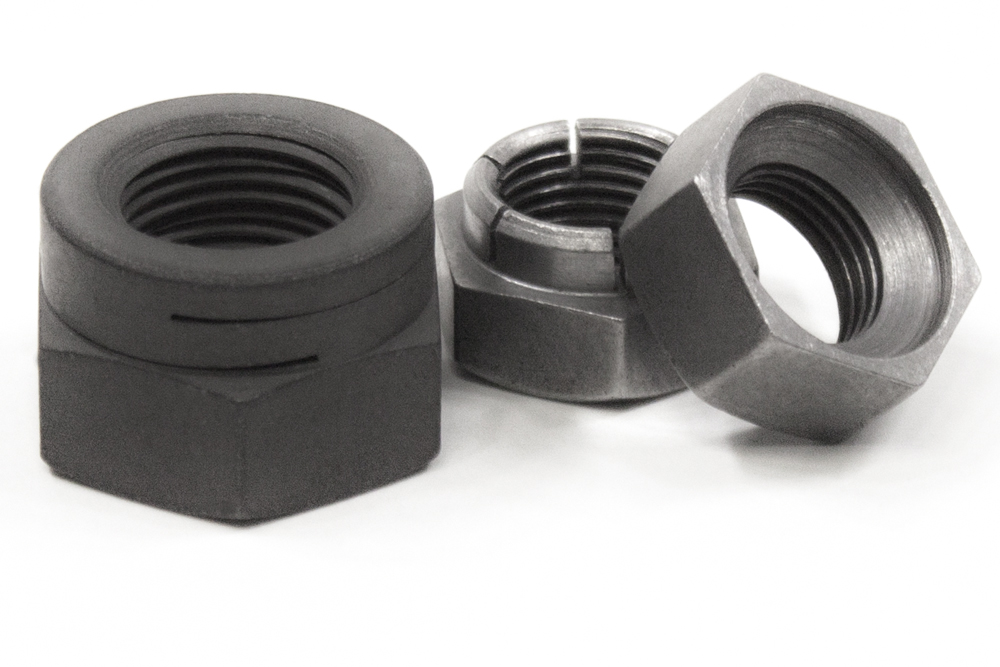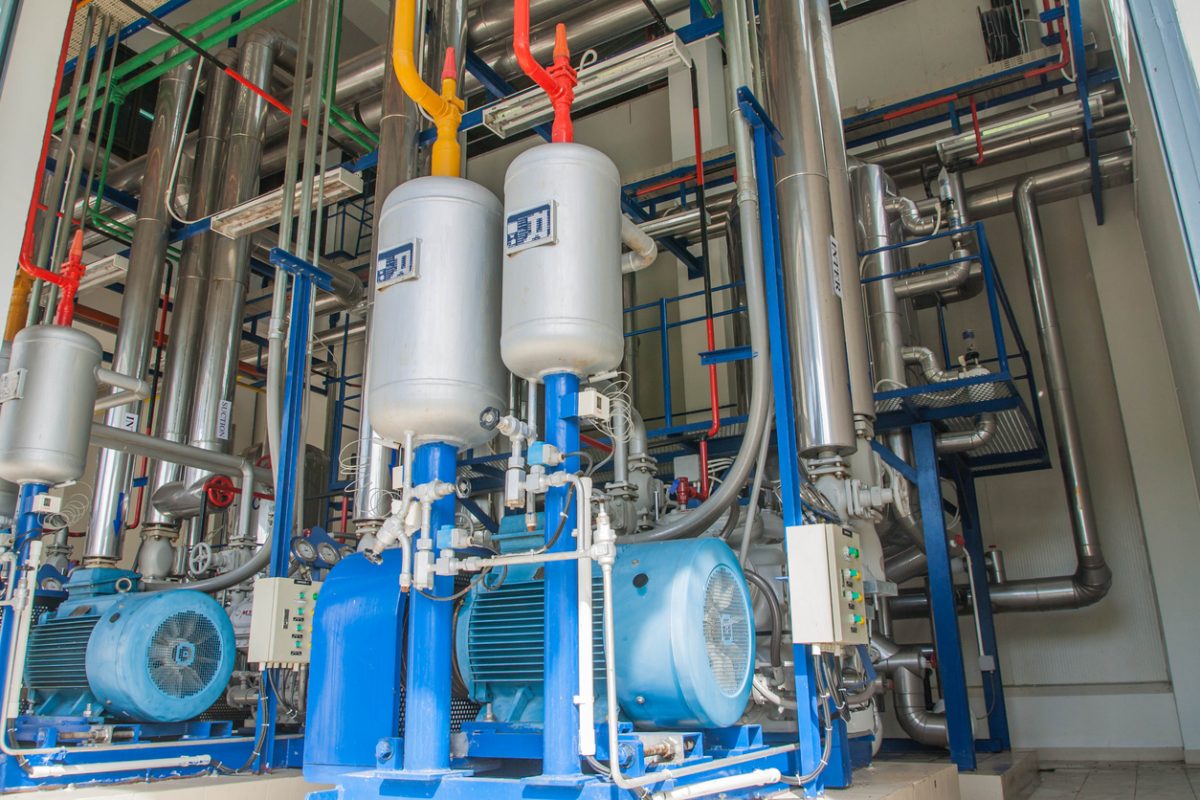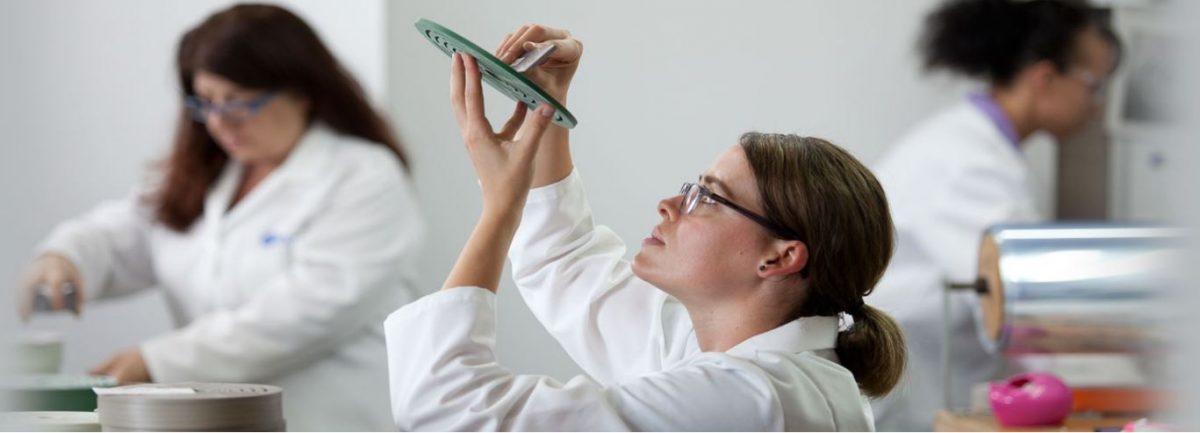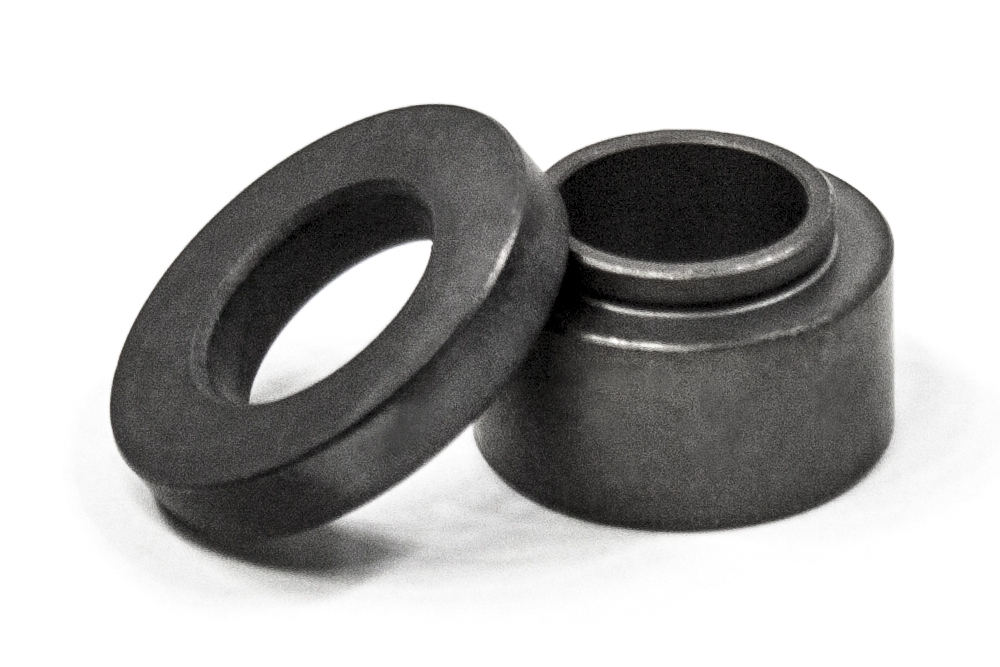Common Gasket Seal Failures in Reciprocating Compressors and How to Avoid Them
A gasket seal is a vital component in reciprocating compressors, designed to prevent leaks, maintain pressure, and ensure reliable performance. When properly selected and maintained, a gasket seal improves efficiency and reduces downtime. Choosing the right materials and practices helps avoid failures that can disrupt industrial operations. When gasket seals…
Stiffer Springs in Reciprocating Compressors: Why They Matter for Performance
Stiffer springs in reciprocating compressors provide greater control over valve movement, ensuring precise timing, reduced leakage, and improved efficiency. By enhancing durability and reliability under demanding conditions, they help minimize downtime and energy waste. Choosing stiffer springs is a key factor in optimizing compressor performance for long-term operational success. Performance…
Selecting the Proper Types of Locknuts for Safety and Reliability
Selecting the right types of locknuts is crucial for safety and reliability in industrial applications. Different locknut designs offer varying levels of vibration resistance, corrosion protection, and load capacity. Understanding their materials, threads, and performance characteristics ensures secure connections, reduces maintenance, and extends equipment lifespan across demanding operational environments. Ensuring…
Troubleshooting Common Gas Compression Challenges
Gas compression systems are essential for industrial efficiency, but operational challenges can disrupt performance and increase downtime. Monitoring pressure, temperature, vibration, and lubrication helps identify early signs of mechanical or thermal issues. Implementing preventive maintenance and troubleshooting strategies ensures reliable gas compression, prolongs equipment lifespan, and maintains optimal system performance.…
Vibration Analysis Best Practices for Reciprocating Compressor Maintenance
Vibration analysis is essential for maintaining the reliability and efficiency of reciprocating compressors. By monitoring and interpreting vibration patterns, operators can detect early signs of imbalance, misalignment, or wear. Implementing regular vibration analysis reduces downtime, prevents costly failures, and supports predictive maintenance strategies for long-lasting, optimal compressor performance. Reciprocating compressors…
Avoiding Common Pitfalls in the Compression Cycle to Reduce Downtime
Maintaining an efficient compression cycle is essential for industrial reliability and reduced downtime. By monitoring pressure, temperature, and mechanical components, and implementing proper lubrication, alignment, and preventive maintenance, operators can avoid common pitfalls. Optimizing the compression cycle ensures smooth performance, extends equipment life, and minimizes costly interruptions in critical operations.…
Using Hooke’s Law of Elasticity to Improve Compressor Valve Performance
Hooke’s law of elasticity explains how materials stretch or compress under force, with deformation directly proportional to the applied load within the elastic limit. In compressor valves, this principle helps engineers design components—like springs and seals—that flex reliably without permanent damage, improving performance, efficiency, and long-term durability. Compressor valve performance…
Preventing Valve Slap to Maximize Reciprocating Compressor Uptime
Valve slap is a damaging impact that occurs when valve components in reciprocating compressors close or open too forcefully. It causes noise, vibration, reduced efficiency, and accelerated wear. Early detection and prevention—through proper maintenance, component alignment, and high-quality valve parts—are key to avoiding costly downtime and ensuring reliable compressor performance.…
Understanding the Types of Washers in Reciprocating Compressor Maintenance
Different types of washers are essential in reciprocating compressor maintenance. Each type serves a specific purpose, from distributing loads to preventing vibration-related loosening. Choosing the right washer ensures proper alignment, reduces wear, and extends the life and efficiency of compressor components. Washer failure in reciprocating compressors may seem like a…
Top Signs of Guide Ring Wear and When to Replace Them
A guide ring in reciprocating compressors plays a vital role in maintaining piston alignment and reducing lateral movement. By minimizing friction and wear between moving parts, guide rings help ensure efficient operation and prolong the life of the compressor. Timely inspection and replacement prevent costly damage and maintain optimal performance.…

